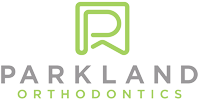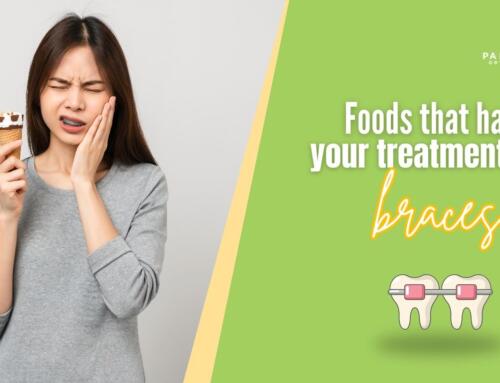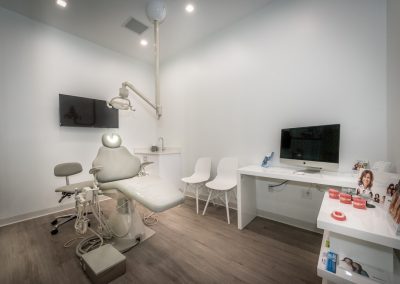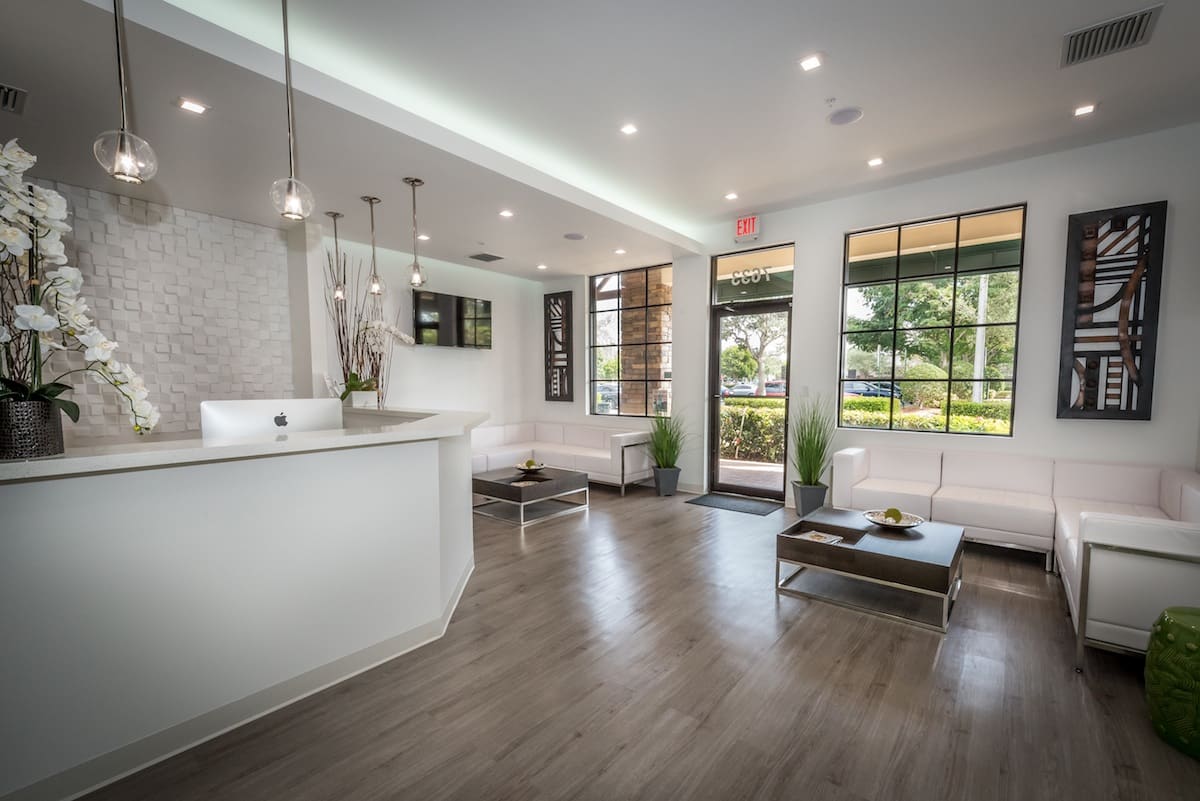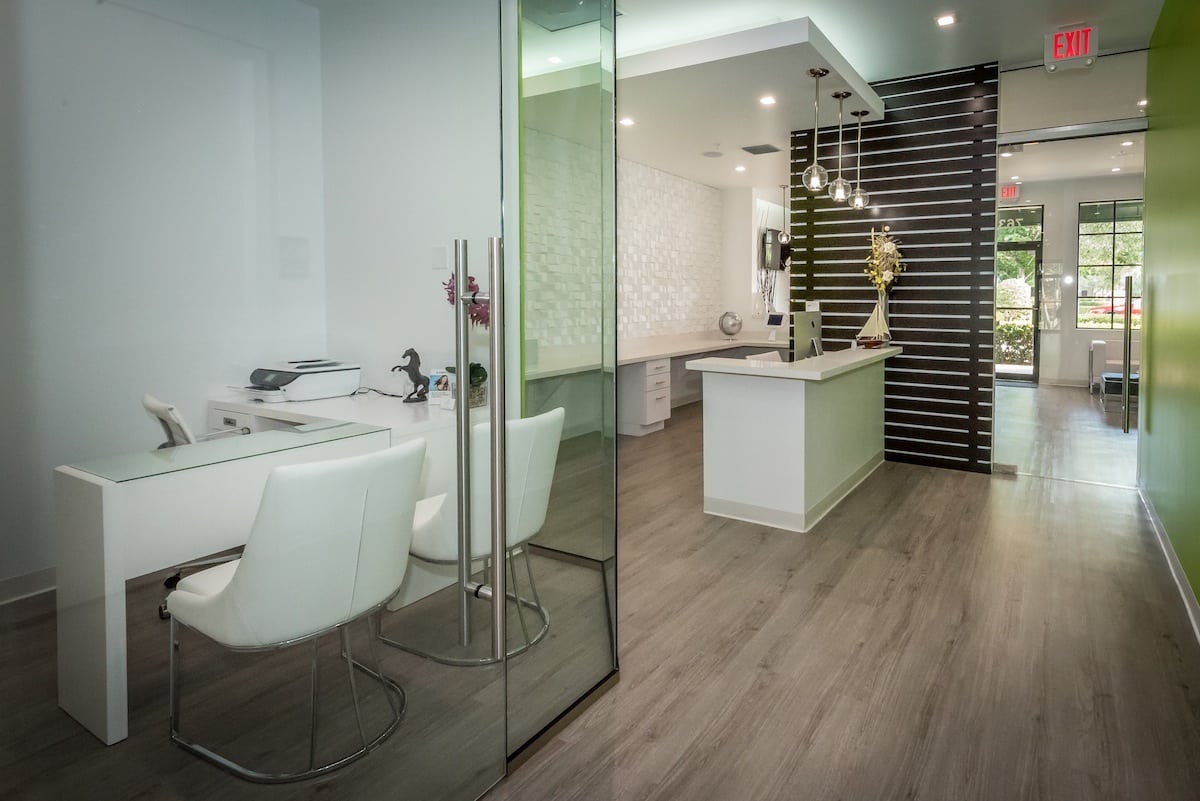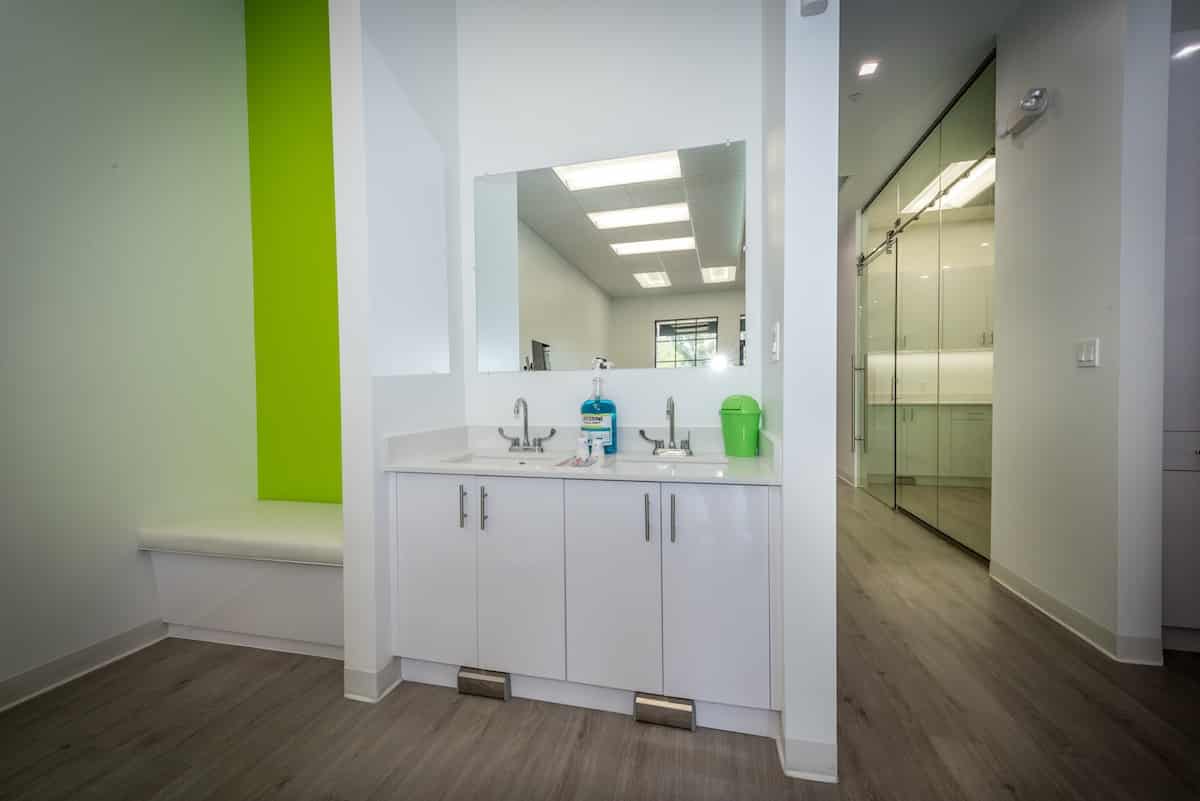Perhaps you’ve wanted straighter teeth since you were younger. Or perhaps you’ve noticed that your teeth have been getting further apart or closer together in new ways as you age. After all, your teeth aren’t fixed. They change throughout your life. Understanding this, braces are becoming a more practical choice for many adults.
Braces Aren’t What They Used to Be
Contemporary braces for adults are a far cry from the gaudy wired devices you might remember from childhood. Fancy composite metals and titanium alloys are making braces lighter and thinner than ever. So your braces will be virtually invisible to the outside world. This makes adult braces a much more discrete experience.
Adults will also have numerous different braces options available to them as treatment. Here are a few of them:
Ceramic braces: These braces are lightweight and flexible. They are very difficult to see although not completely invisible.
Clear braces: You can also get completely clear braces that are very subtle. Again, it’s not as if the braces will be invisible – it’s just that they won’t draw attention to themselves.
Clear aligners: For some individuals, clear aligners are more popular because they move your teeth without depending on traditional braces. They move your teeth slowly over time by supplying you with progressively straighter versions of the aligner. And they are also made with almost invisible clear plastics.
There’s no one best choice. It all depends on your preferences and the state of your teeth.
You May be Jeopardizing Your Dental Health
Typically, braces are considered as a cosmetic solution. We want braces to be minimally visible for aesthetic purposes, after all. But it’s about more than just how your teeth look. Crooked, cramped, or out of place teeth can have severe consequences for your dental hygiene and overall oral health.
Some of the most prevalent oral health concerns caused by crooked teeth include:
Misaligned bite: A bite that is misaligned, on one end of the spectrum, can cause you to bite down on your tongue and cheek. And continuous discomfort and pain are at the other end of the misaligned bite spectrum.
Gum disease and tooth decay: You, and your dentist, will have a much harder time thoroughly brushing misaligned teeth. It’s even harder to floss between those teeth. And that can develop a considerable amount of bacterial accumulation, leading to higher frequency of tooth decay and gum disease. Over the years, this can lead to tooth loss and other issues.
As You Get Older, Braces Can Get More Challenging
One of the reasons that braces work so well with kids and teenagers is because they’re usually young and healthy. Braces work well on adults, also, but there is some additional care that has to be taken as a result of varying issues. Your teeth have been through a lot by the time you’re in your 20s, 30s, or older.
Some of the specific concerns include:
Loss of teeth: It’s not uncommon for adults to have lost a tooth or two (or more) over time. And this can lead to further drift. When you’re an adult you could require a bone implant to fix your problem because your teeth aren’t as flexible as they once were.
Resorption: Tooth decay is bad enough but tooth resorption is even worse. In cases of resorption, the root of the tooth is absorbed back into the body. When the tooth has no root to anchor to, it can easily fall out. If it’s noticed early in the process, an orthodontist may be able to save the tooth, but it’s necessary to track your overall oral health. It will be critical to know the status of your roots if you’re thinking of getting braces.
Tooth erosion: You do a lot of chewing each day. Over time this leads to erosion of your teeth, which can affect your bite. A more functional bite, made possible by braces, can make a big difference.
If you’re thinking about getting braces as an adult, you’re in good company. Not only can braces make your teeth (and your smile) a bit more beautiful, they can solve numerous other issues too.

